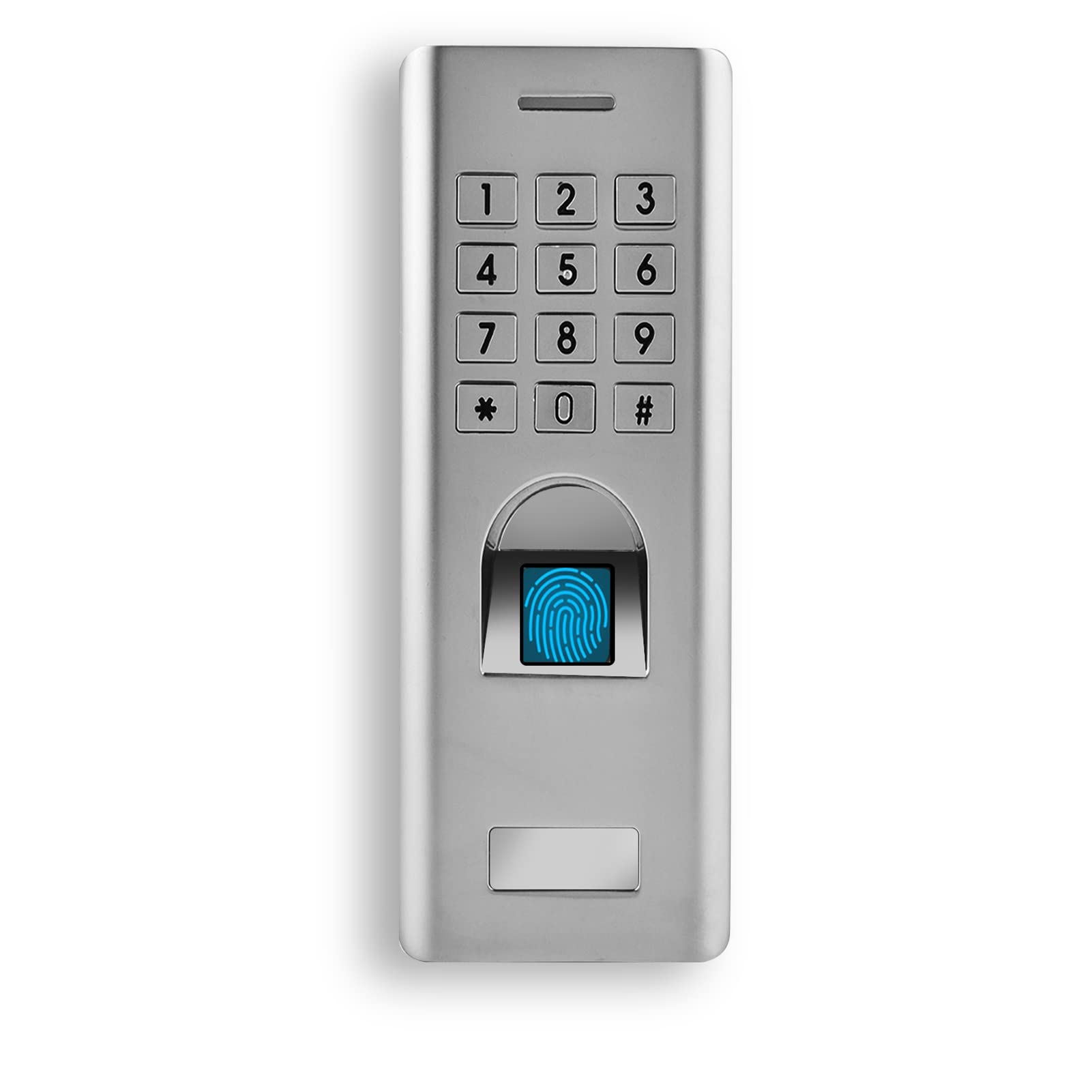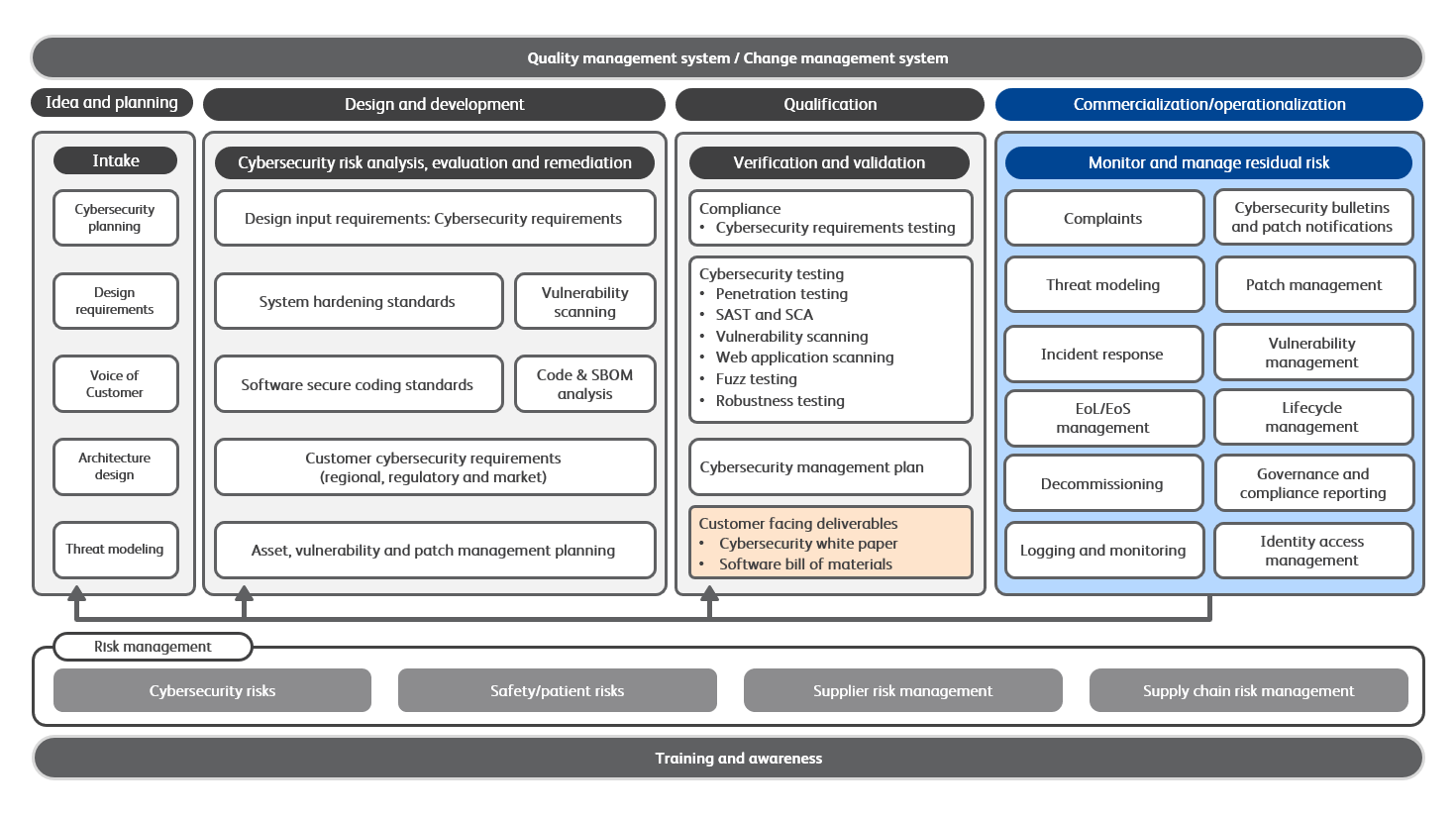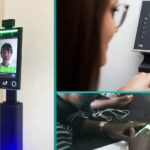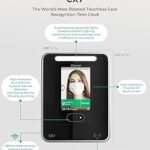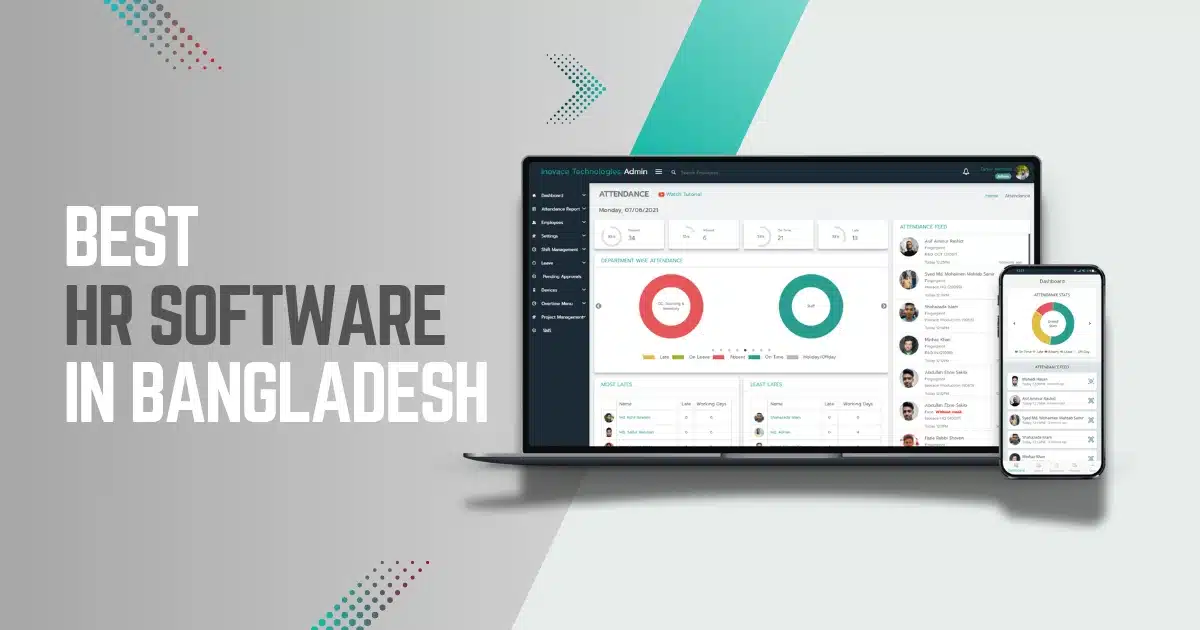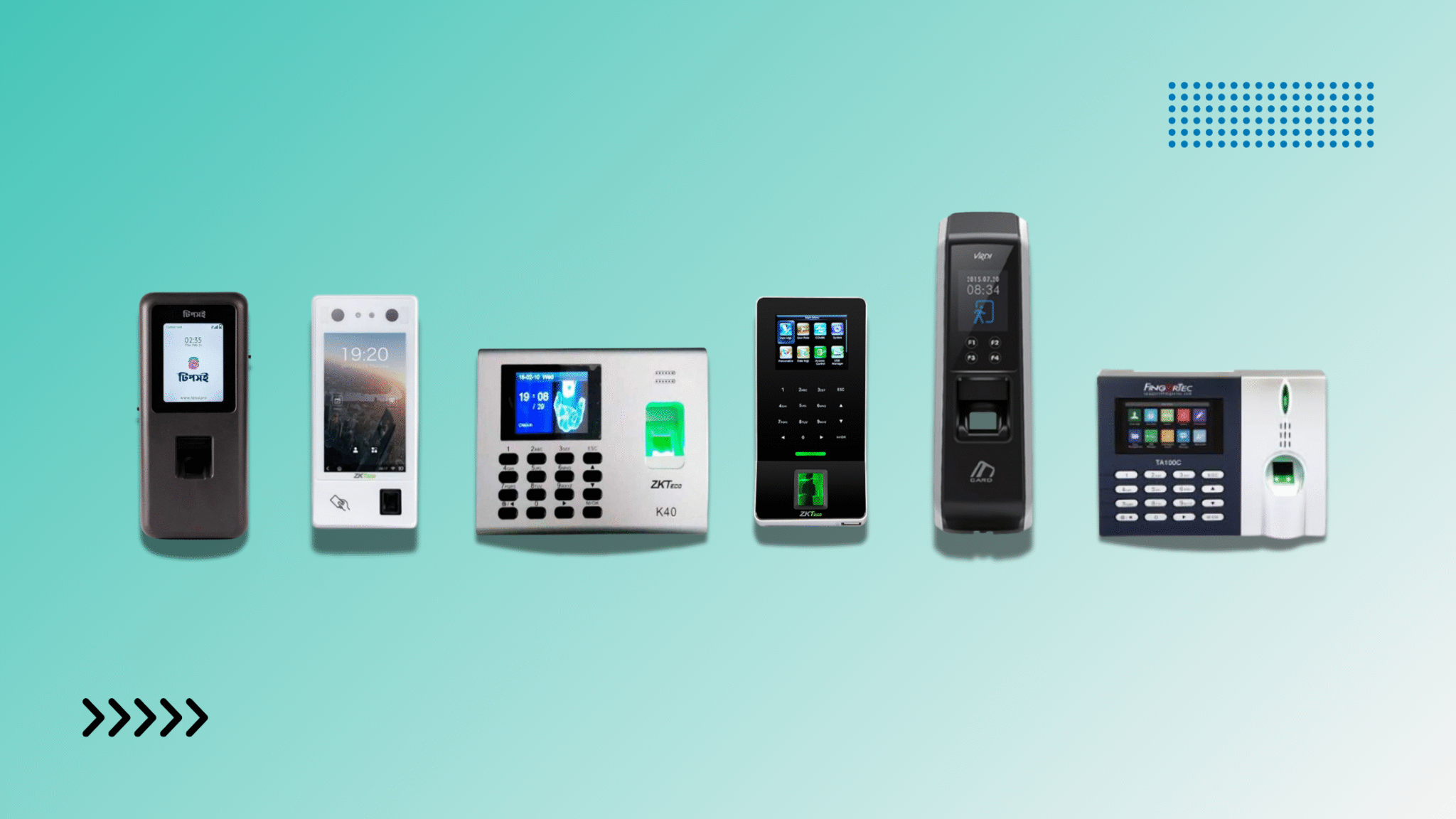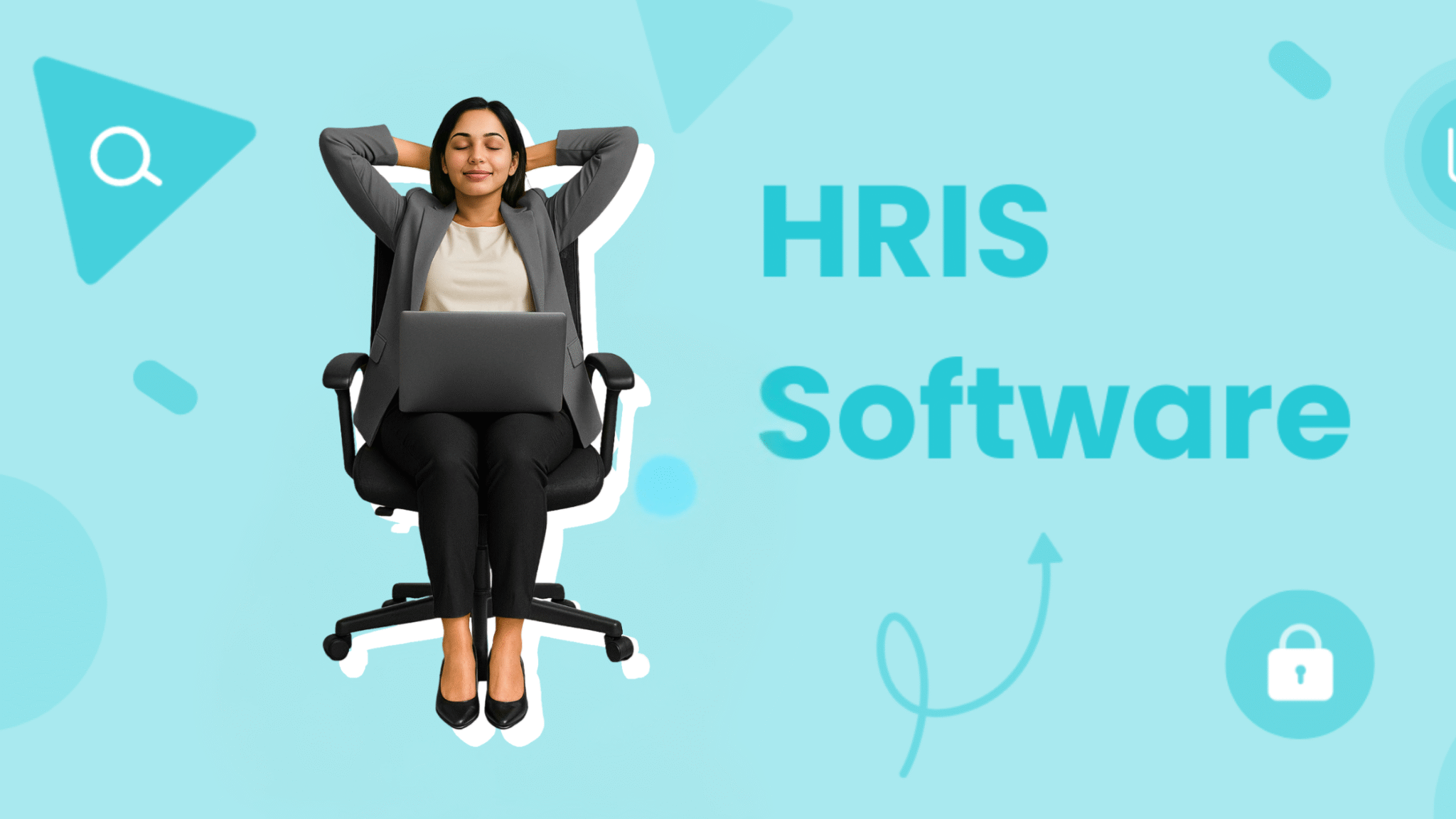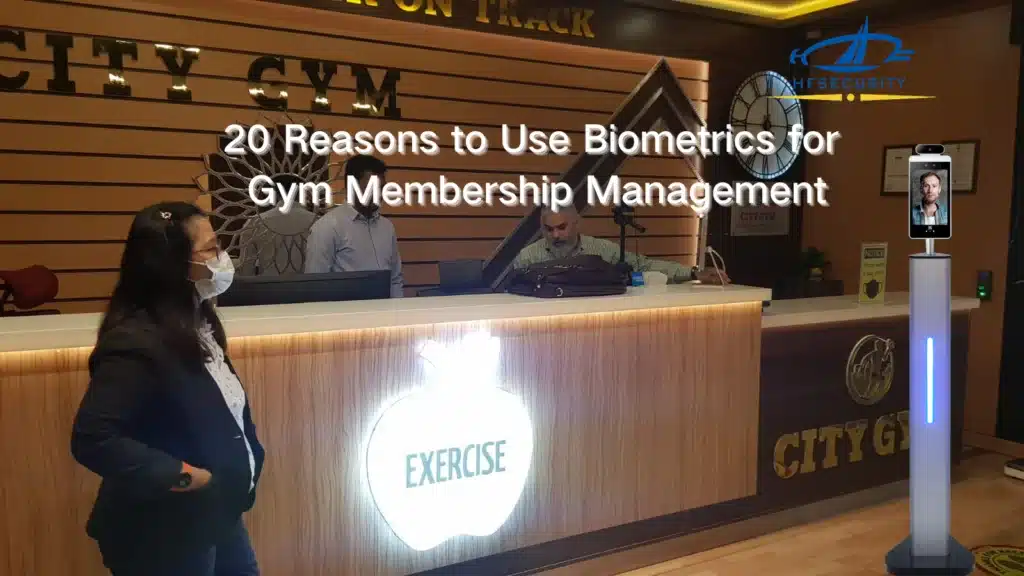Ensuring office security is crucial for any business. An effective access control system can help.
In Bangladesh, many offices are upgrading their security measures. An access control system regulates who can enter and exit the premises. It offers peace of mind by protecting sensitive information and valuable assets. With rising security concerns, businesses in Bangladesh are adopting advanced systems.
These systems not only enhance security but also improve efficiency. They integrate seamlessly with existing office infrastructure. This introduction will explore the benefits and features of office access control systems in Bangladesh. Discover why they are becoming essential for modern offices.
Why Do You Need Access Control In Bangladesh
In Bangladesh, the need for secure and efficient office environments is growing. Office access control systems play a crucial role in ensuring this. These systems help manage who can enter and exit office premises. With technology advancing, businesses in Bangladesh are adopting sophisticated access control solutions. Let’s delve into what access control is and why it’s important for offices.
Importance In Offices
An access control system in an office is vital. It ensures only authorized personnel can enter specific areas. This enhances security and protects sensitive information. Here are some key reasons why access control is important:
-
Enhanced Security: Prevents unauthorized access, reducing the risk of theft and data breaches.
-
Employee Safety: Limits access to dangerous or restricted areas, ensuring employee safety.
-
Regulatory Compliance: Helps in complying with industry-specific security standards and regulations.
-
Visitor Management: Keeps track of visitors, enhancing overall security.
In offices, controlling access is crucial for several reasons. It helps monitor employee movements and ensures that only authorized personnel can access sensitive areas. This is particularly important in departments like finance, HR, and IT.
Implementing an access control system offers peace of mind. It ensures that the office environment remains safe and secure. By restricting access to certain areas, businesses can prevent potential security breaches and safeguard important data.
Types Of Systems
There are various types of access control systems available. Each type serves different needs and levels of security. Here are some common types:
-
Keypad Systems: Users enter a code to gain access. Simple and cost-effective.
-
Card-Based Systems: Employees use ID cards to access secured areas. Widely used and easy to manage.
-
Biometric Systems: Use fingerprints, facial recognition, or iris scans for access. Highly secure and difficult to forge.
-
Mobile Access Systems: Utilize smartphones as access credentials. Convenient and modern.
-
Intercom Systems: Allow communication between the visitor and the office staff before granting access. Useful for high-security areas.
Each system type has its own advantages.
Keypad systems are simple and easy to use.
Card-based systems are popular for their convenience and ease of management.
Biometric systems offer a higher level of security, making them ideal for sensitive areas.
Mobile access systems are becoming popular due to their convenience. Employees can use their smartphones to access secured areas, reducing the need for physical keys or cards.
Intercom systems are useful for high-security areas, allowing staff to verify a visitor’s identity before granting access.
Choosing the right access control system depends on the specific needs of the office. Factors like the level of security required, budget, and ease of use should be considered. With the right system in place, offices can ensure a secure and efficient environment.
Current Trends In Bangladesh
Office Access Control Systems in Bangladesh are becoming more popular. Businesses aim to enhance security and streamline operations. This shift has led to new trends in the market. Let’s explore the current trends in Bangladesh.
Market Growth
The market for Office Access Control Systems in Bangladesh is growing quickly. Several factors drive this growth.
-
Increased Security Concerns: Companies want to protect sensitive data and assets.
-
Regulatory Requirements: Compliance with safety regulations is crucial.
-
Cost Efficiency: These systems reduce the need for manual security checks.
Small and large businesses are investing in access control solutions. This growth is evident in various sectors:
|
Sector |
Investment Percentage |
|---|---|
|
IT Companies |
35% |
|
Manufacturing |
25% |
|
Banking |
20% |
|
Others |
20% |
The table above shows the investment percentages by sector. IT companies lead the way, followed by manufacturing and banking.
Local and international providers offer various solutions. This competition benefits customers with better prices and features. The demand for advanced, user-friendly systems is at an all-time high.
Technological Advancements
Technological advancements are transforming Office Access Control Systems in Bangladesh. New technologies offer better security and ease of use.
Some notable advancements include:
-
Biometric Systems: Fingerprint and facial recognition for high security.
-
Mobile Access: Use of smartphones for entry, eliminating the need for physical cards.
-
Cloud-Based Solutions: Easy management and real-time updates from any location.
Biometric systems are increasingly popular. They provide a high level of security. Mobile access is convenient for employees and reduces costs related to card issuance.
Cloud-based solutions are also on the rise. They allow administrators to manage access remotely. This is especially useful for companies with multiple locations.
Integration with other systems is another key trend. Access control systems now work seamlessly with HR and visitor management systems. This integration improves overall efficiency.
In summary, the Office Access Control System market in Bangladesh is evolving. Businesses are adopting new technologies to improve security and operations.
Types Of Access Control Systems
Office access control systems in Bangladesh are essential for ensuring security and managing who can enter specific areas of a building. These systems range from simple locks to advanced electronic setups. Understanding the different types of access control systems can help businesses choose the best option to meet their security needs.
Physical Systems
Physical access control systems include traditional methods of securing a building. These systems are often simple to install and use. Below are some common physical access control systems:
-
Locks and Keys: The most basic form of access control. Each person who needs access gets a key. However, keys can be lost, and locks can be picked.
-
Security Guards: Human personnel who check identification and maintain security. They provide flexibility but can be expensive.
-
Turnstiles: Mechanical barriers that allow entry one person at a time. Commonly used in high-traffic areas.
These physical systems have limitations. They can be bypassed, and managing multiple keys can become cumbersome. Additionally, there is no record of who accessed the premises and when.
Electronic Systems
Electronic access control systems offer advanced security features and are increasingly popular in Bangladesh. These systems use technology to restrict and monitor entry. Key types include:
-
Keycard Systems: Users carry a card that grants access when swiped or tapped. Easy to manage and can be deactivated if lost.
-
Biometric Systems: Uses fingerprints, facial recognition, or retina scans. Highly secure as it relies on unique human traits.
-
PIN Code Systems: Requires users to enter a code on a keypad. Simple to use but codes can be shared or forgotten.
Electronic systems often include software that logs entry and exit times, enhancing security and monitoring. Here’s a comparison table:
|
System Type |
Pros |
Cons |
|---|---|---|
|
Keycard |
Easy management, can deactivate lost cards |
Cards can be lost or stolen |
|
Biometric |
Highly secure, unique to each user |
Expensive, privacy concerns |
|
PIN Code |
Simple to use |
Codes can be shared |
Electronic systems provide a higher level of security and convenience. They can also be integrated with other security measures for enhanced protection.
Credit: www.bd.com
Benefits Of Access Control
Office Access Control Systems in Bangladesh provide numerous benefits for businesses. These systems not only protect sensitive areas but also streamline operations. Let’s explore the key benefits of access control systems.
Enhanced Security
Implementing an access control system significantly enhances security. It restricts unauthorized access and provides a comprehensive overview of who enters and exits the premises. This ensures that only authorized personnel can access sensitive areas.
Some key features of enhanced security include:
-
Controlled Access: Only authorized individuals can access specific areas.
-
Audit Trails: Track and monitor access activity in real-time.
-
Remote Access: Manage access control remotely, ensuring security even off-site.
An access control system can be integrated with other security measures such as surveillance cameras and alarm systems. This integration provides a robust security infrastructure. The system can send alerts in case of unauthorized access attempts, further securing the premises.
Here’s a quick comparison of traditional security vs. access control systems:
|
Traditional Security |
Access Control System |
|---|---|
|
Manual keys |
Electronic credentials |
|
No audit trails |
Detailed access logs |
|
Hard to manage |
Easy remote management |
Operational Efficiency
An access control system also enhances operational efficiency. It simplifies the management of access permissions and streamlines the entry process for employees and visitors.
Key operational benefits include:
-
Automated Processes: Automated entry and exit reduce manual work.
-
Scalability: Easily add or remove users without hassle.
-
Time Management: Track employee attendance and punctuality.
Access control systems help in maintaining an efficient workflow. By reducing the need for physical keys, they minimize the risk of lost or stolen keys. Additionally, the system can be tailored to fit the specific needs of any organization, providing a customized solution.
Here is a summary of the operational benefits:
-
Efficient management of access permissions
-
Improved employee productivity
-
Reduced administrative workload
Integrating an access control system in your office in Bangladesh enhances both security and operational efficiency. It’s an investment that provides long-term benefits for any organization.
Challenges In Implementation
Implementing an office access control system in Bangladesh comes with its own set of challenges. These challenges can range from financial constraints to resistance from employees. Understanding these challenges is crucial for a smooth and effective implementation process.
Cost Factors
One of the major challenges in implementing an office access control system is the cost. The initial investment can be substantial, covering hardware, software, and installation. Additionally, ongoing costs for maintenance and updates can add to the financial burden.
Here are some specific cost factors to consider:
-
Initial Setup Costs: This includes purchasing the access control devices, software, and other necessary equipment.
-
Installation Fees: Professional installation services are often required to ensure the system is set up correctly.
-
Maintenance Costs: Regular maintenance is essential to keep the system running smoothly. This can include software updates and hardware repairs.
-
Training Expenses: Employees need to be trained on how to use the new system, which can incur additional costs.
A breakdown of potential costs might look like this:
|
Cost Component |
Estimated Expense (BDT) |
|---|---|
|
Initial Equipment |
50,000 – 100,000 |
|
Installation |
20,000 – 50,000 |
|
Maintenance (Yearly) |
10,000 – 30,000 |
|
Training |
5,000 – 15,000 |
These costs can add up quickly, making it a significant investment for any company. Proper budgeting and planning are essential to address these cost factors effectively.
User Resistance
Another significant challenge is user resistance. Employees may be hesitant to adapt to a new system, especially if they are accustomed to traditional methods. This resistance can stem from a variety of reasons.
Some common reasons for user resistance include:
-
Lack of Understanding: Employees may not fully understand the benefits and workings of the new system.
-
Fear of Change: People often fear change, preferring to stick to familiar routines.
-
Privacy Concerns: Employees may be worried about how their data is being used and stored.
-
Technical Difficulties: Difficulty in using the new system can lead to frustration and resistance.
To mitigate user resistance, companies can take several steps:
-
Communication: Clearly explain the benefits and necessity of the new system to all employees.
-
Training: Provide comprehensive training sessions to ensure everyone knows how to use the system.
-
Feedback Mechanism: Create a platform for employees to voice their concerns and suggestions.
-
Support: Offer ongoing support to help employees adapt to the new system smoothly.
Addressing user resistance through effective communication and support can significantly enhance the chances of successful implementation.
Credit: m.facebook.com
Popular Technologies Used
Office Access Control Systems in Bangladesh are essential for ensuring workplace security. Different technologies are used to manage and monitor access effectively. Understanding these technologies helps in choosing the right system for your office. Let’s explore some of the popular technologies used in office access control systems in Bangladesh.
Biometric Solutions
Biometric solutions are a popular choice for office access control in Bangladesh. They use unique physical characteristics to grant access. This ensures high-level security and reduces the risk of unauthorized entry.
Common types of biometric solutions include:
-
Fingerprint Scanners: These are widely used due to their accuracy and cost-effectiveness. Each person’s fingerprint is unique, making it a reliable method.
-
Facial Recognition: This technology analyzes facial features to verify identity. It’s convenient as users do not need to touch the device.
-
Retina Scanners: These scan the unique patterns in the retina. They offer high security but are more expensive.
-
Voice Recognition: This system identifies users based on their voice patterns. It’s less common but useful in certain environments.
Biometric systems offer several benefits:
-
High Security: Difficult to forge or steal biometric data.
-
Convenience: No need for physical keys or cards.
-
Audit Trail: Provides a log of all entries and exits.
However, these systems can be more expensive to install. They also require regular maintenance to ensure accuracy. Despite these challenges, biometric solutions are a strong choice for secure office access.
Key Card Systems
Key card systems are another popular technology for office access control in Bangladesh. They use cards with embedded data to grant access. These systems are easy to use and manage.
Key card systems come in different forms:
-
Magnetic Stripe Cards: These are common and cost-effective. Users swipe the card to gain access.
-
Proximity Cards: These cards use radio frequency identification (RFID). Users simply hold the card near a reader.
-
Smart Cards: These cards have embedded microchips. They can store more information and offer higher security.
Benefits of key card systems include:
-
Ease of Use: Simple to use and understand.
-
Scalability: Easy to add or remove users.
-
Cost-Effective: Generally less expensive than biometric systems.
Key card systems also allow for easy tracking and auditing. They provide a record of who enters and exits. However, there are some challenges. Cards can be lost or stolen, and they need regular replacement. Despite this, key card systems remain a reliable and popular choice for office access control in Bangladesh.
Legal Considerations
Office Access Control Systems in Bangladesh are essential for managing who can enter your office premises. They ensure security and control over sensitive areas. But, it’s important to consider the legal aspects to avoid issues. Understanding legal considerations helps you stay compliant and protects your business from potential legal problems.
Data Protection Laws
In Bangladesh, data protection laws are crucial for office access control systems. These laws ensure that personal data is handled responsibly. The Information and Communication Technology (ICT) Act, 2006 and the Digital Security Act, 2018 are key legislations.
Here are some important points to consider:
-
Collect only necessary personal data for access control.
-
Inform employees about the data being collected and its purpose.
-
Ensure data is stored securely to prevent unauthorized access.
-
Provide employees access to their data and the right to correct any inaccuracies.
Failure to comply with these laws can result in penalties. Therefore, it is essential to have a clear data protection policy. Regular audits and staff training can help maintain compliance.
Below is a summary of key data protection requirements:
|
Requirement |
Description |
|---|---|
|
Data Collection |
Only collect data necessary for the purpose. |
|
Transparency |
Inform individuals about data collection and usage. |
|
Data Security |
Implement measures to protect data from unauthorized access. |
|
Data Access |
Allow individuals to access and correct their data. |
Compliance Standards
Office access control systems must adhere to various compliance standards. These standards ensure that security measures are effective and reliable. In Bangladesh, the ISO/IEC 27001 standard is widely recognized.
Key compliance standards include:
-
ISO/IEC 27001: This standard focuses on information security management systems. It helps organizations manage and protect their information assets.
-
ISO 9001: This standard ensures that quality management systems are in place. It helps maintain consistent quality in security measures.
-
PCI DSS: For businesses handling payment card information, the Payment Card Industry Data Security Standard is crucial.
Adhering to these standards involves:
-
Conducting regular risk assessments to identify potential security threats.
-
Implementing policies and procedures to manage and mitigate risks.
-
Regularly reviewing and updating security measures.
-
Training employees on security best practices.
Compliance with these standards not only protects your business but also builds trust with clients and stakeholders. It ensures that your office access control system is robust and reliable.
Future Of Access Control
Office access control systems in Bangladesh are evolving rapidly. Businesses are seeking better security and efficiency. The future of access control holds exciting prospects. Advanced technology is paving the way for smarter, more secure offices. This shift promises to enhance safety and streamline operations.
Emerging Technologies
Innovative technologies are shaping the future of office access control in Bangladesh. These advancements offer new ways to secure and manage office spaces. Here are some of the key technologies:
-
Biometric Systems: Fingerprint, facial recognition, and retina scanning. These systems provide high-level security and prevent unauthorized access.
-
Mobile Access: Employees use smartphones to enter offices. This eliminates the need for physical cards or keys.
-
Cloud-Based Solutions: Cloud technology enables remote management of access control systems. This improves flexibility and scalability.
-
IoT Integration: Internet of Things (IoT) devices enhance access control. Smart locks and sensors connect to central systems for better monitoring.
Here is a comparison table of traditional vs. emerging technologies:
|
Feature |
Traditional Systems |
Emerging Technologies |
|---|---|---|
|
Security |
Basic (Keycards, PINs) |
Advanced (Biometrics, Mobile Access) |
|
Management |
On-Site |
Remote (Cloud-Based) |
|
Flexibility |
Limited |
High (IoT Integration) |
These technologies are transforming how offices are secured. They offer better control and peace of mind for businesses.
Predicted Trends
The future of access control in Bangladesh looks promising. Several trends are expected to dominate the landscape. Here are some of the predicted trends:
-
Increased Use of AI: Artificial Intelligence will enhance security systems. AI algorithms can detect unusual activities and alert authorities instantly.
-
Integration with Other Systems: Access control systems will integrate with other office systems. This includes security cameras, lighting, and HVAC systems. Such integration provides a holistic approach to office management.
-
Contactless Solutions: Post-pandemic, there is a growing demand for contactless access. Touchless entry points will become more common.
-
Enhanced Data Analytics: Access control systems will collect and analyze data. This data will help in understanding patterns and improving security measures.
These trends indicate a shift towards smarter and more efficient office environments. Businesses in Bangladesh are adopting these trends to stay ahead in security and management.
Implementing these technologies and trends will not only enhance security but also improve overall office efficiency. The future of access control in Bangladesh is bright and full of potential.
Credit: www.youtube.com
Frequently Asked Questions
What Is An Office Access Control System?
An office access control system manages and restricts entry to a building or specific areas. It uses keycards, biometric scanners, or PIN codes to grant access.
Why Use Access Control Systems In Offices?
Access control systems enhance security by restricting unauthorized entry. They help protect sensitive information, assets, and ensure employee safety.
How Does Biometric Access Control Work?
Biometric access control uses unique biological traits, like fingerprints or facial recognition, for identification. It provides a high level of security.
Can Access Control Systems Be Integrated?
Yes, access control systems can be integrated with other security systems like CCTV, alarms, and time attendance systems for enhanced security.
Summing Up,
Choosing the right office access control system in Bangladesh is crucial. It enhances security and boosts efficiency. A good system protects sensitive information and restricts unauthorized access. Always consider your office’s specific needs. Research various options and consult with experts.
Implementing a reliable system can make a significant difference. Ensure your workplace remains safe and secure.

